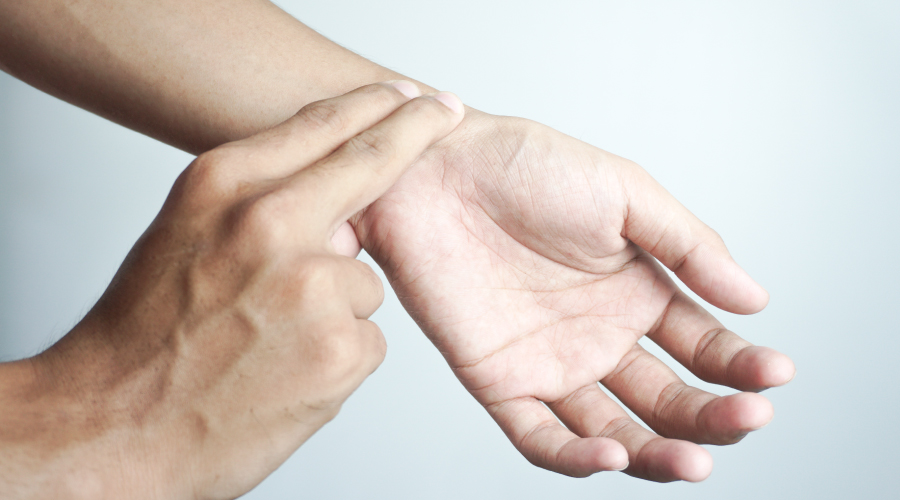

A healthy heart ensures optimal blood circulation, which, in turn, makes sure the bodily functions are not getting hampered. For instance, the hormone adrenaline is automatically released when one is startled or scared, which causes the heart rate to increase. The number of times the heart beats per minute while at rest is known as the normal pulse rate for women and men.
However, a person’s resting heart rate might vary. Having a proper pulse rate is necessary for the general well-being of all individuals. In this guide, we will equip you with the insights necessary to take control of your cardiovascular well-being.
What are the Factors Impacting the Normal Heart Rate for Women?
Here are some of the key factors that can affect a woman’s heart rate:
- Hormonal Changes: Women’s heart rates can fluctuate during the menstrual cycle. Hormonal changes associated with the menstrual cycle, pregnancy, or menopause can influence heart rate.
- Fitness Level: Your fitness level has a direct impact on your resting heart rate. Regular physical activity and cardiovascular fitness can lead to a lower resting heart rate because a fit heart can pump more blood with each beat.
- Age: Age plays a significant role in determining heart rate. Generally, younger individuals tend to have higher resting heart rates, while heart rates tend to decrease as people age.
- Medical Conditions: Various medical conditions, such as thyroid disorders, anaemia, and heart diseases, can affect heart rate.
Symptoms of a Low Heart Rate (Bradycardia)
Signs that a woman’s heart rate is below normal range are:
- Fatigue
- Dizziness or fainting
- Shortness of breath
- Chest pain
- Confusion or difficulty concentrating
- Cool and pale skin
- Exercise intolerance
When are Heart Rate Fluctuations Risky?
Under some circumstances, women may experience heart rate fluctuations, meaning that their heart rate may rise or fall above their typical range.
- When at rest, the heart rate is regularly above 100 beats per minute (tachycardia) or less than 60 beats per minute (bradycardia).
- Heart rate swings sharply up or down for no apparent reason
- Severe chest pain, dyspnea, or vertigo
- History of heart disease, cardiac rhythm abnormalities, or other cardiovascular diseases
- During physical exercise or exertion, the heart rate fluctuates
Conclusion
In this blog, we have discussed normal pulse rate for women. We demystified this essential aspect of heart health for women. The human heart, tirelessly beating within each of us, is a remarkable organ but it’s not immune to change or challenges. By equipping ourselves with knowledge about what constitutes a normal pulse rate for women and the factors that can affect it, we empower ourselves to take control of our cardiovascular well-being.




